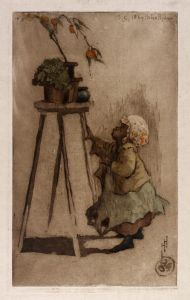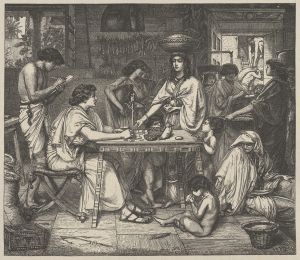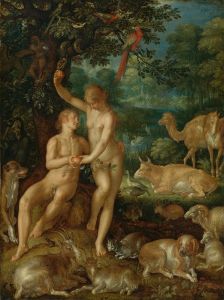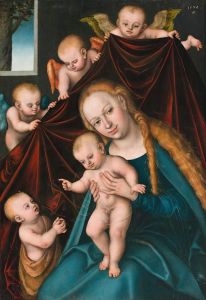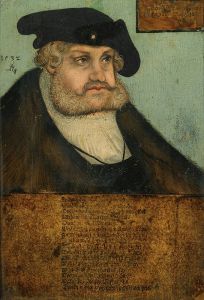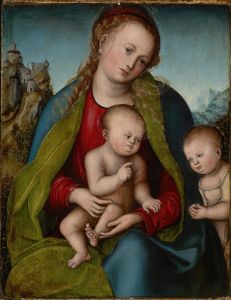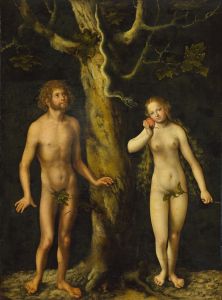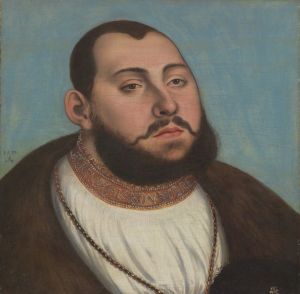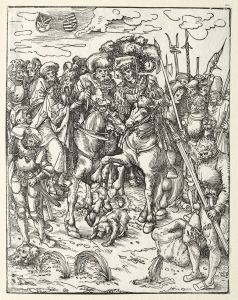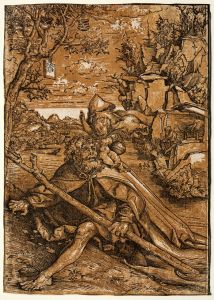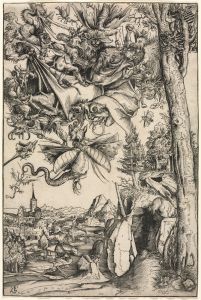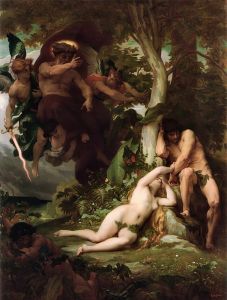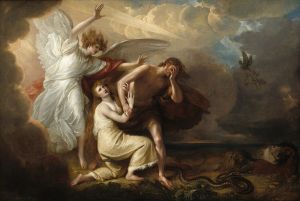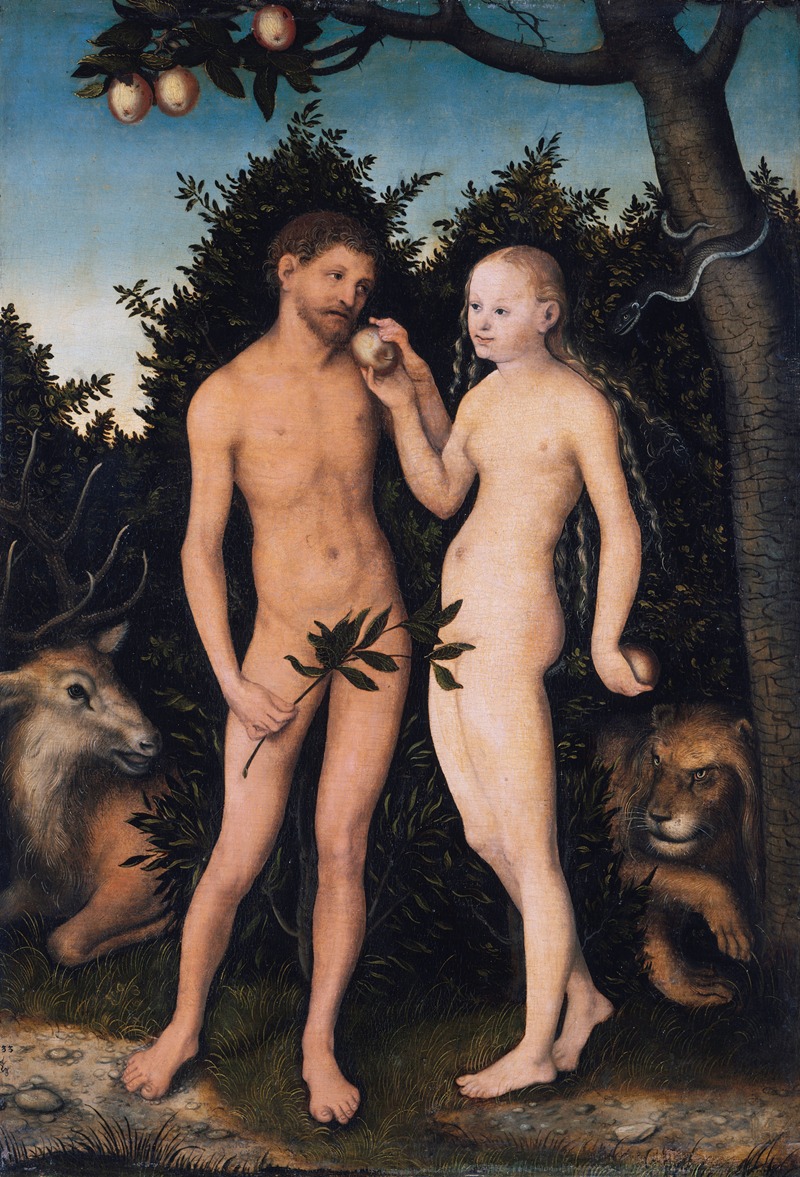
Adam and Eve in paradise
A hand-painted replica of Lucas Cranach the Elder’s masterpiece Adam and Eve in paradise, meticulously crafted by professional artists to capture the true essence of the original. Each piece is created with museum-quality canvas and rare mineral pigments, carefully painted by experienced artists with delicate brushstrokes and rich, layered colors to perfectly recreate the texture of the original artwork. Unlike machine-printed reproductions, this hand-painted version brings the painting to life, infused with the artist’s emotions and skill in every stroke. Whether for personal collection or home decoration, it instantly elevates the artistic atmosphere of any space.
Lucas Cranach the Elder, a prominent German Renaissance painter, created several works depicting the biblical story of Adam and Eve, with "Adam and Eve in Paradise" being one of his notable pieces. Cranach was known for his ability to blend Northern European artistic traditions with the emerging Renaissance style, and his works often featured religious and mythological themes.
"Adam and Eve in Paradise" captures the moment in the Garden of Eden before the Fall of Man, a popular subject in Christian art. This painting, like many of Cranach's works, reflects his distinctive style characterized by elongated figures, attention to detail, and a harmonious composition. The figures of Adam and Eve are typically depicted in a lush, verdant landscape, surrounded by various animals and the Tree of Knowledge, which plays a central role in the biblical narrative.
Cranach's portrayal of Adam and Eve often includes symbolic elements that emphasize the themes of temptation and innocence. The serpent, a key figure in the story, is usually shown coiled around the Tree of Knowledge, offering the forbidden fruit to Eve. This moment is crucial as it represents the impending fall from grace and the introduction of sin into the world. Cranach's ability to convey complex theological ideas through visual means is evident in his careful arrangement of the figures and the use of symbolic imagery.
The painting reflects the influence of both Gothic and Renaissance art. Cranach's figures are more stylized than those of his Italian contemporaries, yet they possess a grace and elegance that align with Renaissance ideals. The landscape in "Adam and Eve in Paradise" is depicted with a meticulous attention to detail, showcasing Cranach's skill in rendering natural elements. This blend of styles is characteristic of Cranach's work and contributed to his reputation as a leading artist of his time.
Cranach's workshop was highly productive, and he often created multiple versions of popular themes, including the story of Adam and Eve. This practice was common among artists of the period and allowed for the dissemination of his work across Europe. As a result, several versions of "Adam and Eve in Paradise" exist, each with slight variations in composition and detail. These works were highly sought after by patrons who appreciated Cranach's ability to convey religious narratives with clarity and beauty.
Lucas Cranach the Elder's contributions to art extend beyond his paintings. He was also a successful printmaker and played a significant role in the development of the German Renaissance. His works, including "Adam and Eve in Paradise," continue to be studied and admired for their artistic merit and their insight into the cultural and religious contexts of the time. Cranach's legacy is preserved in numerous museums and collections worldwide, where his paintings remain a testament to his skill and creativity.





